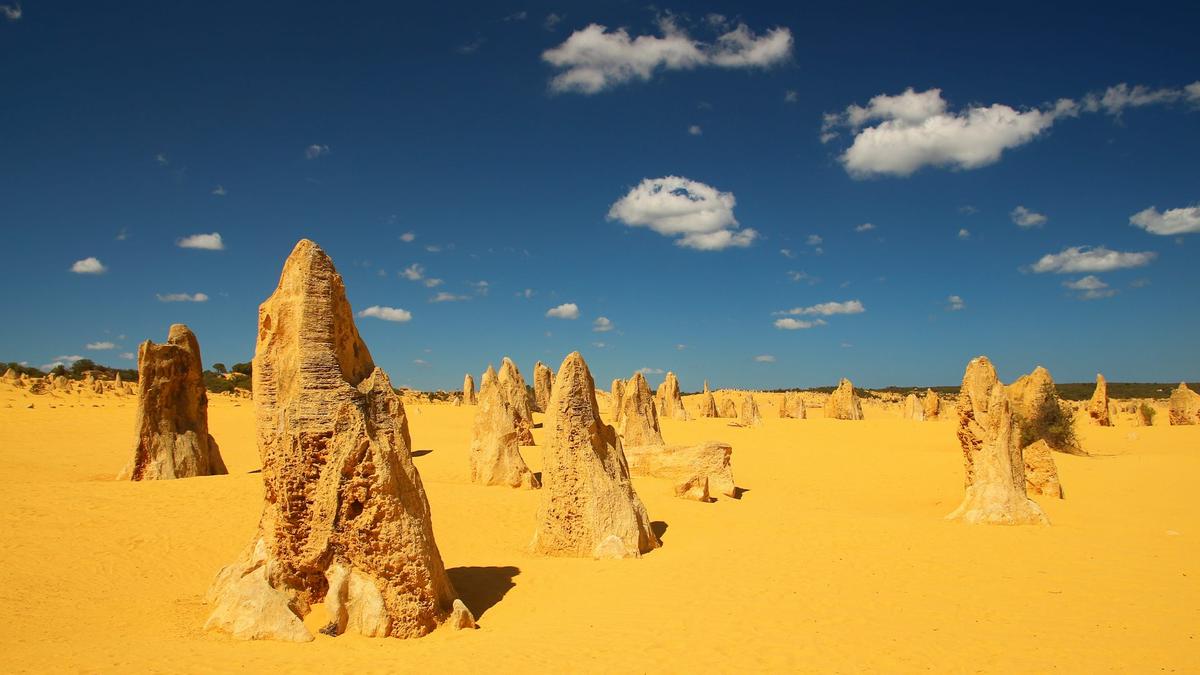
Limestone, iron reveal puzzling extreme rain in Australia 100,000 years ago Premium
The Hindu
Karst landscapes are like natural sculpture parks, with dramatic terrain dotted with caves and towers of bedrock slowly sculpted by water over thousands of years.
Almost one-sixth of Earth’s land surface is covered in otherworldly landscapes with a name that may also be unfamiliar: karst. These landscapes are like natural sculpture parks, with dramatic terrain dotted with caves and towers of bedrock slowly sculpted by water over thousands of years.
Karst landscapes are beautiful and ecologically important. They also represent a record of Earth’s past temperature and moisture levels.
However, it can be quite challenging to figure out exactly when karst landscapes formed. In our new work published today in Science Advances, we show a new way to find the age of these enigmatic landscapes, which will help us understand our planet’s past in more detail.
Karst is defined by the removal of material. The rock towers and caves we see today are what is left after water dissolved the rest during wet periods of the past.
This is what makes their age hard to determine. How do you date the disappearance of something?
Traditionally, scientists have loosely bracketed the age of a karst surface by dating the material above and beneath. However, this approach blurs our understanding of ancient climate events and how ecosystems responded.
In our study, we found a way to measure the age of pebble-sized iron nodules that formed at the same time as a karst landscape.











